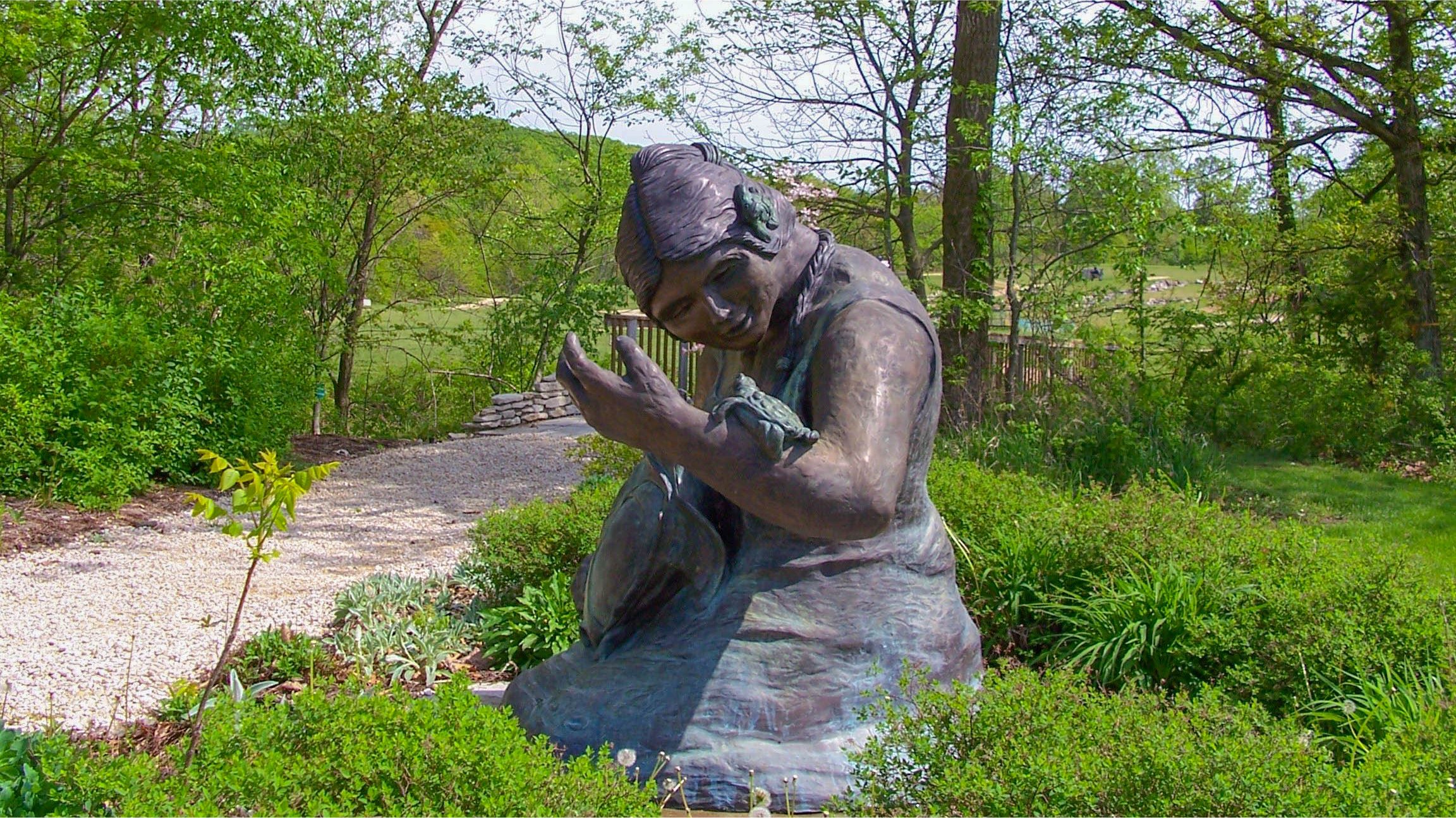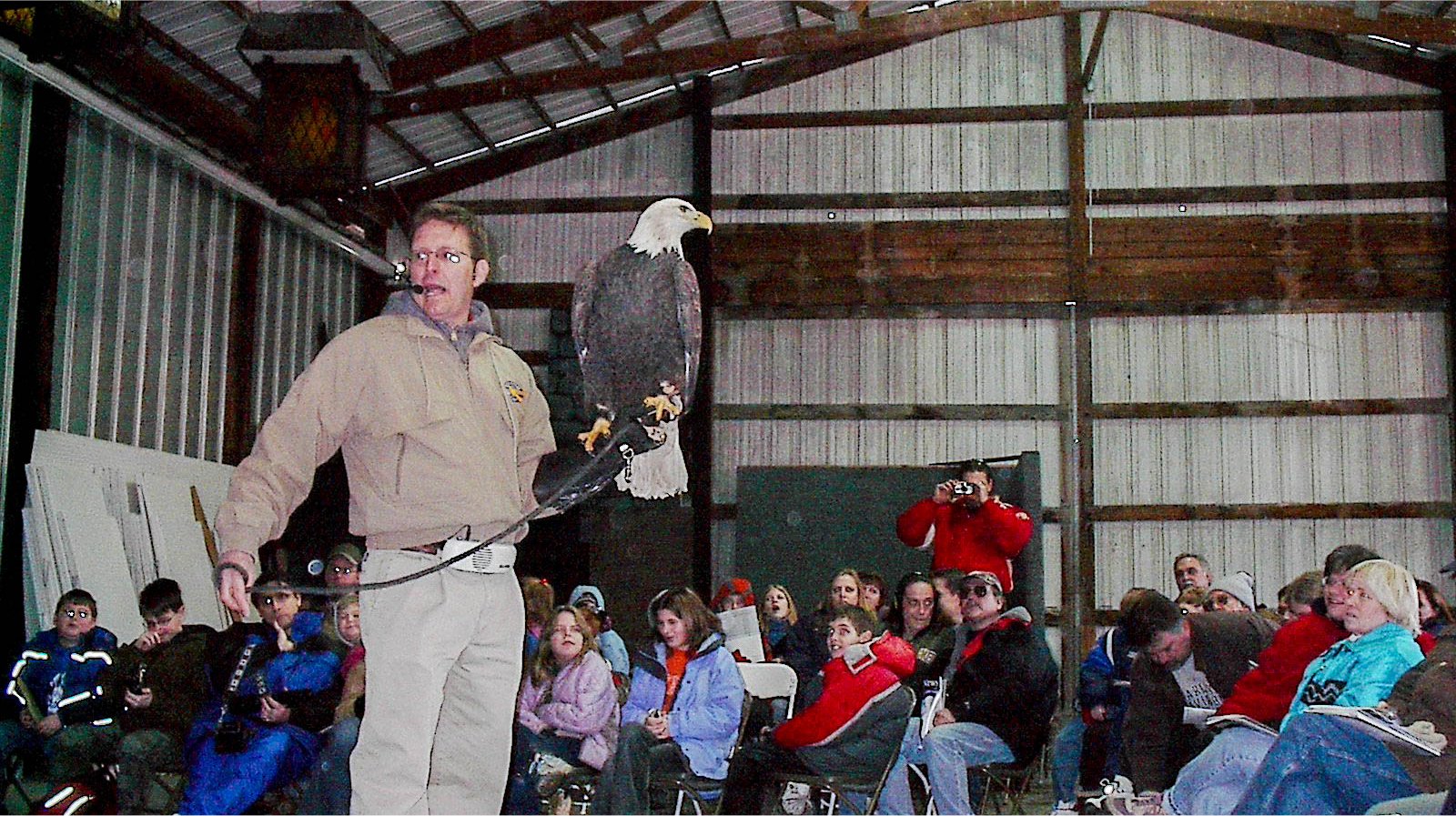County Road 410
Hannibal, Missouri
573-248-2530
The Julian Steyermark Woods Conservation Area is a good place for viewing wildlife, birding, and enjoying the woodlands of northeast Missouri. The Missouri Department of Conservation purchased this scenic, mostly wooded 73-acre tract, located within the Hannibal city limits, from Mrs. H. J. Freiling in 1979. The area was named for Dr. Julian Steyermark, the noted botanist who wrote Flora of Missouri, the encyclopedic guide to Missouri's native plants.
The area is a prime example of river hills woodlands bordering the Mississippi River 's west bank. Visitors will find mature sugar maple, basswood, blue ash, black walnut, Kentucky coffee tree, northern red oak and white oak trees. Because the area is unglaciated, it harbors a wide range of plants that were here before the glaciers, as well as plants that the glaciers pushed south. One example is red-berried elder, common in northern states, but found only along northern Mississippi River bluffs in Missouri. The forest floor is rich with wildflowers and ferns. An extensive plant survey conducted the same year the Department bought the area found more than 135 plants, some of which are rare, endangered or unusual. Mushroom hunting is permitted at the area, and you might have good luck on moist, north-facing slopes. The site has a one-mile moderate hiking trail. Camping is allowed by special use permit only.
Birders will see and hear a wide variety of woodland songbirds, including bluebirds, cardinals and warblers . Eagles roost in the vicinity along the Mississippi River, so you may see them soaring overhead in the colder months.
Visiting the Julian Steyermark Woods Conservation Area
Visiting Hours:
4 am - 10 pm daily
There is no charge to visit the Julian Steyermark Woods Conservation Area
Use the official site of the Julian Steyermark Woods Conservation Area to find the answers to the questions about the Edward Anderson Conservation Area that you may have.













